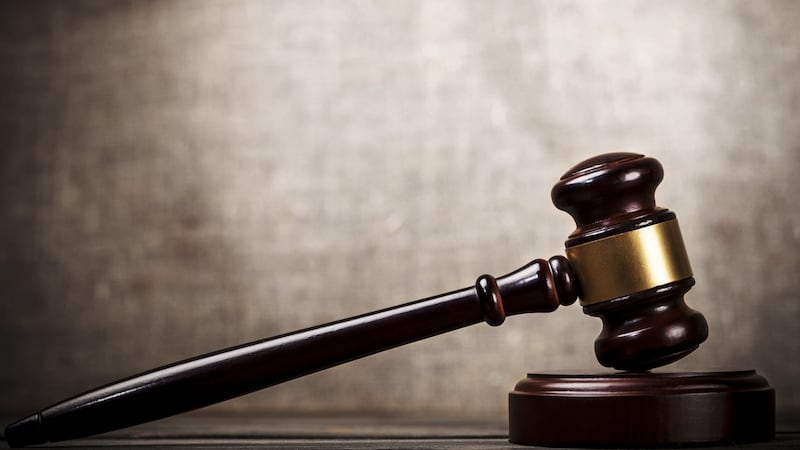By the mid-2000s the impact – or lack of impact – of the judicial selection system introduced in the wake of the Whelehan affair, the political crisis surrounding the appointment of Harry Whelehan as president of the High Court a decade earlier, was becoming clear.
The Judicial Appointments Advisory Board, made up of senior judges, representatives of the legal profession, the attorney general and a number of lay members, would receive applications and send government a list of recommended names.
It was not allowed to rank the individuals or identify particular lawyers as outstanding candidates. Its function in practice, then, was to weed out the unsuitable.

Names would be scratched from the list due to lack of experience or a patchy record, but the board also came up with informal codes to weed out unsuitable names. “ ‘Temperament’ ” was code for ‘bonkers’, ‘drink problem’, ‘issues at home’,” says one former member. So the mere mention of “temperament” was enough to result in an application being discreetly put aside.
Political patronage was less of a factor the higher up the courts chain a vacancy arose, but at the lower courts, in particular the District Court, lobbying was intense.
Local solicitors would contact their TDs, who would call or write to ministers or their advisers to convey the message. Candidates’ election agents would seek preferment on the basis of their service to the party. Family members of would-be judges would turn up at weekend hurling matches where they would, supposedly by accident, bump into a TD or a minister.
“At District Court you’d be driven mad,” says one former minister.
“There would be intensive lobbying at District Court level,” another minister agrees. “At Circuit level a bit less. At High Court level very little. If there was any lobbying at Circuit Court and High Court level in my time it would have been counterproductive. I would not have appointed people who lobbied.”
Not every politician took the same stance. “It’s very hard to get away with saying there’s absolutely no politics in it, because we have to be truthful,” says a former senior minister. “There is politics in it. But that’s partly the size of Ireland . . . It’s very hard to get away from it.”
If a taoiseach had little interest in appointments it could give the attorney general and the minister for justice huge power, but other ministers were not told until they arrived for the weekly cabinet meeting.
“I wouldn’t tell anyone until the last minute,” says a former minister for justice. “I used to ring up [the taoiseach] the night before the cabinet meeting. I would leave it very late – about 10.30pm – and ring and say, ‘By the way, I’m bringing an appointment to the cabinet tomorrow.’ ”
Perhaps more than for any other appointments in the government's control, names for appointments to the Supreme Court were kept extremely tight. There were four people whose opinions counted: the taoiseach, tánaiste, the attorney general and the minister for justice.
Nobody else in cabinet had any say or even knowledge of the process until the names were presented at cabinet for formal approval, by which time the decision had been made.
Certain chief justices let the government know if they objected to a name; the government listened, though – much to those chief justices’ chagrin – it often did not take the view on board. “I wouldn’t accord a chief justice that function,” says one former minister. “It’s none of their f***ing business.”


















